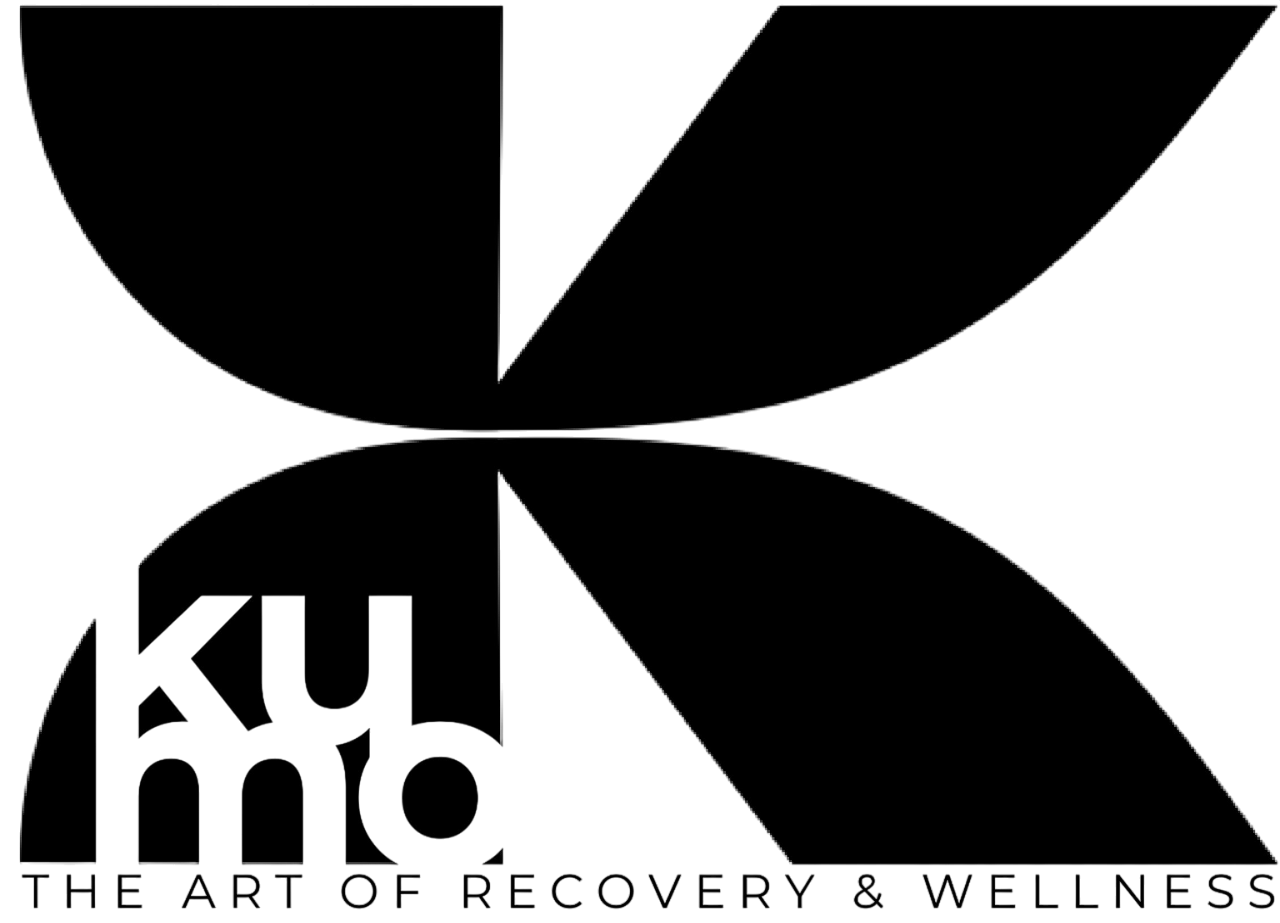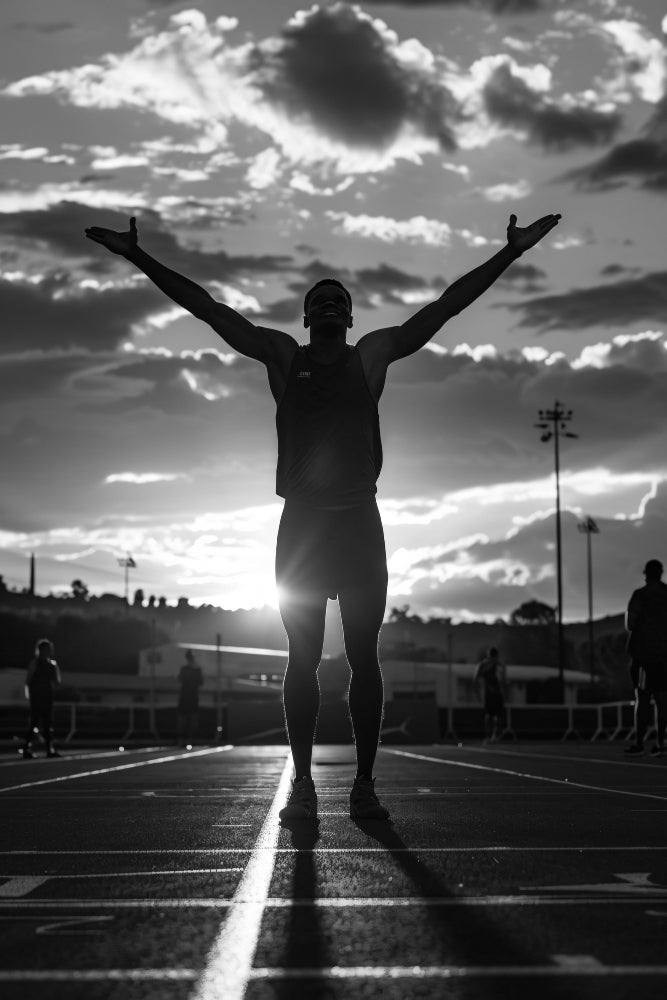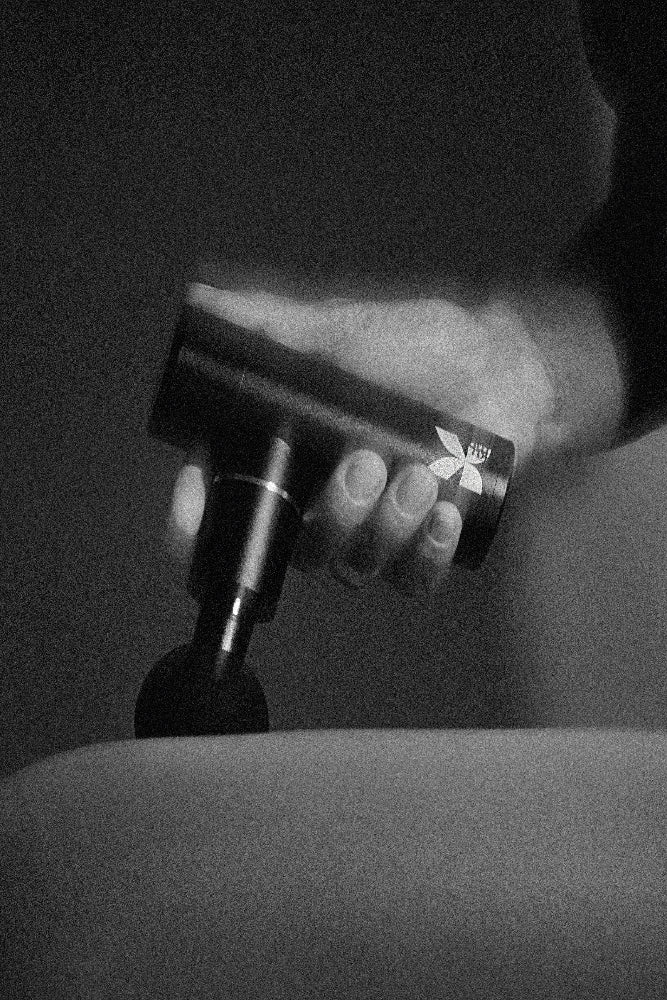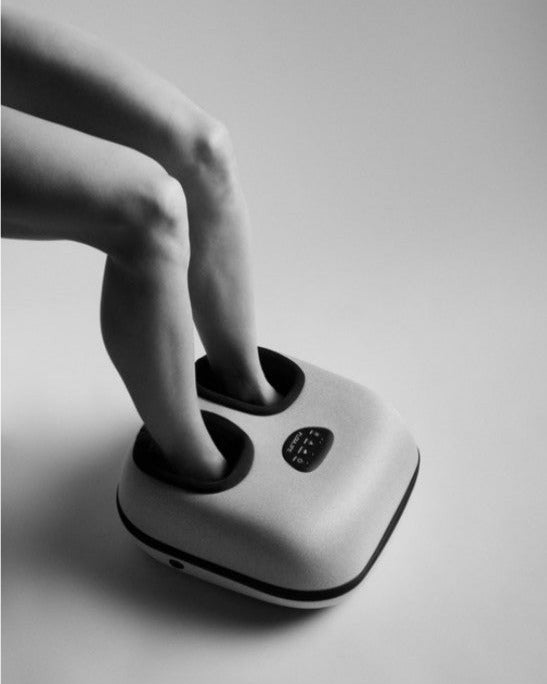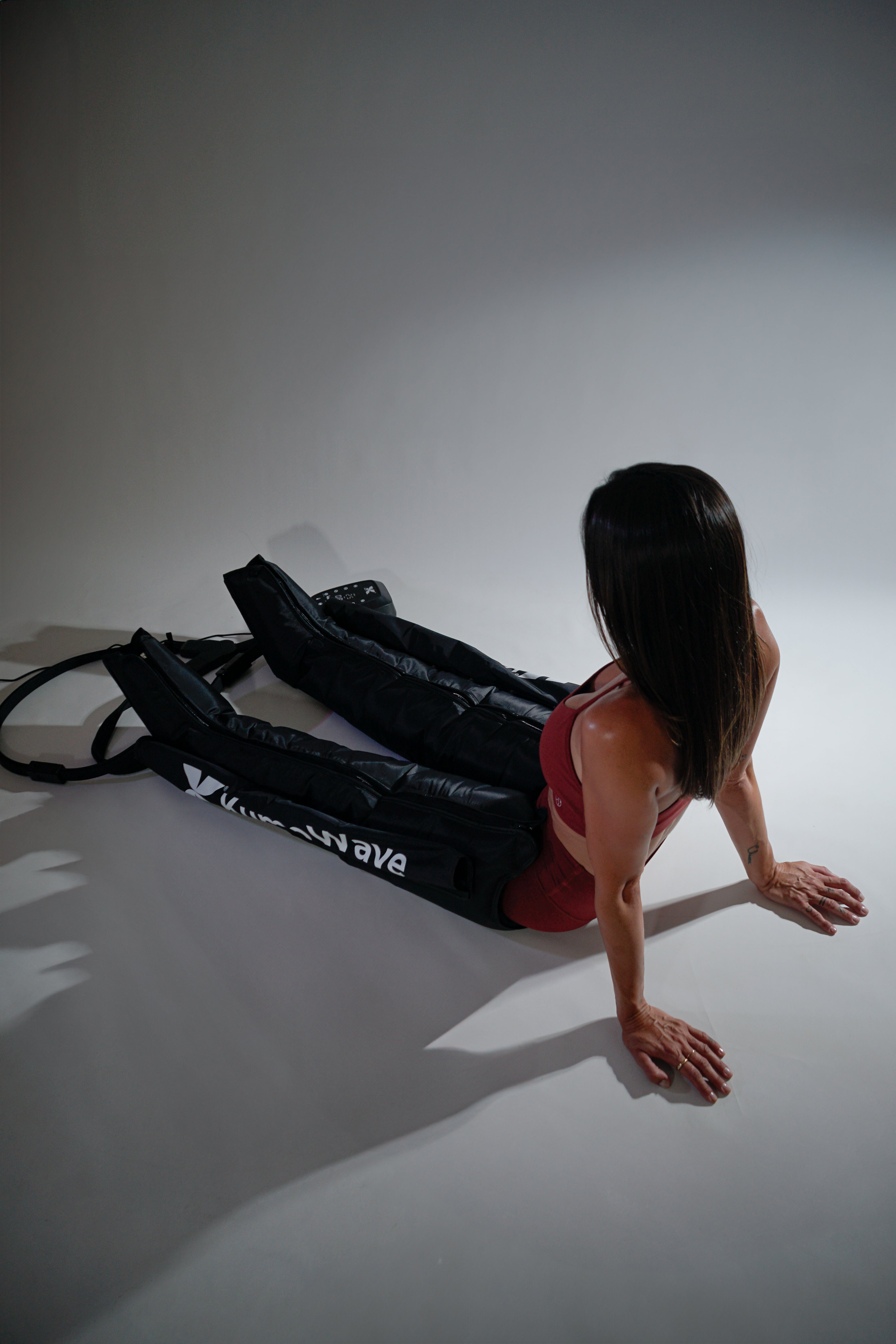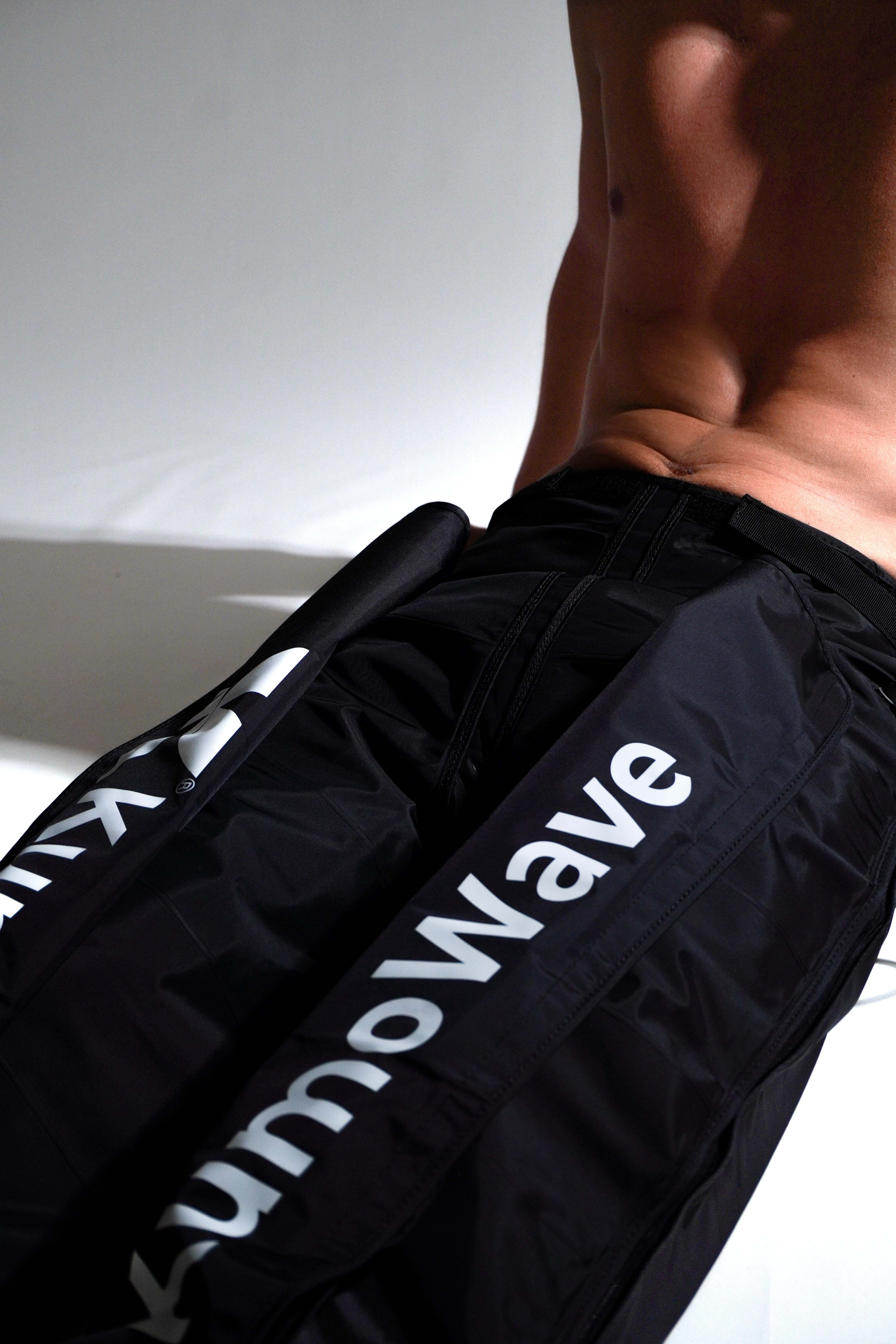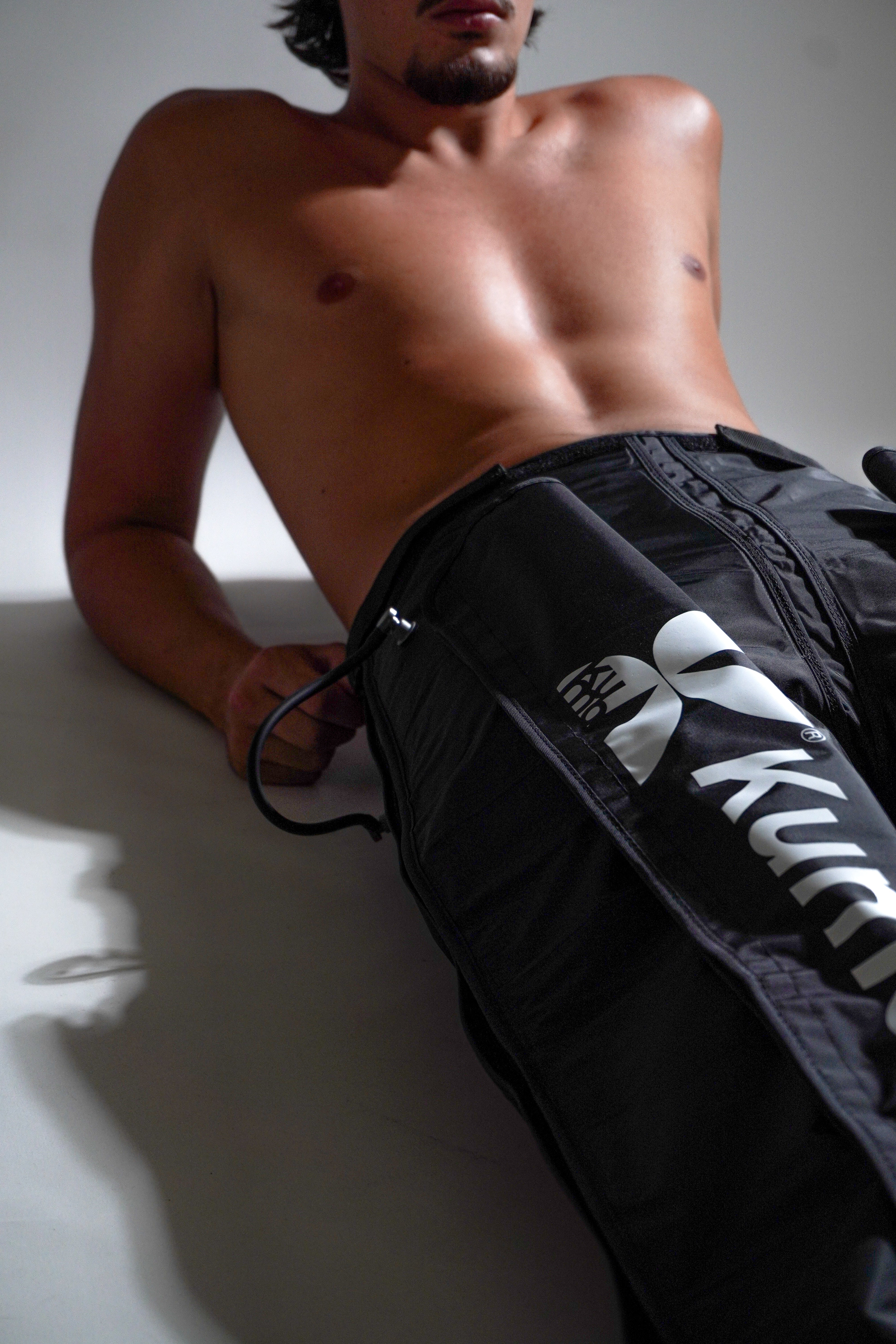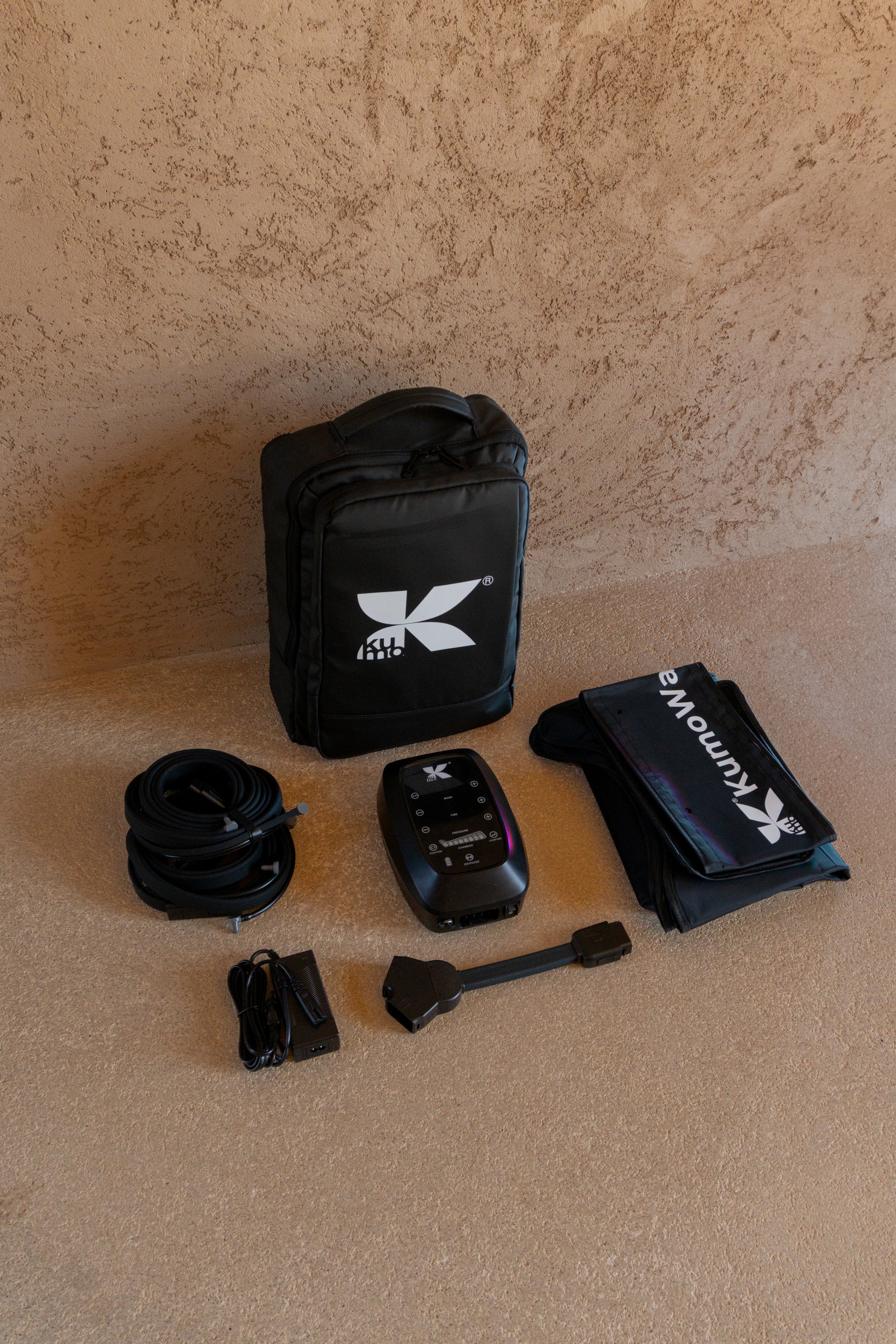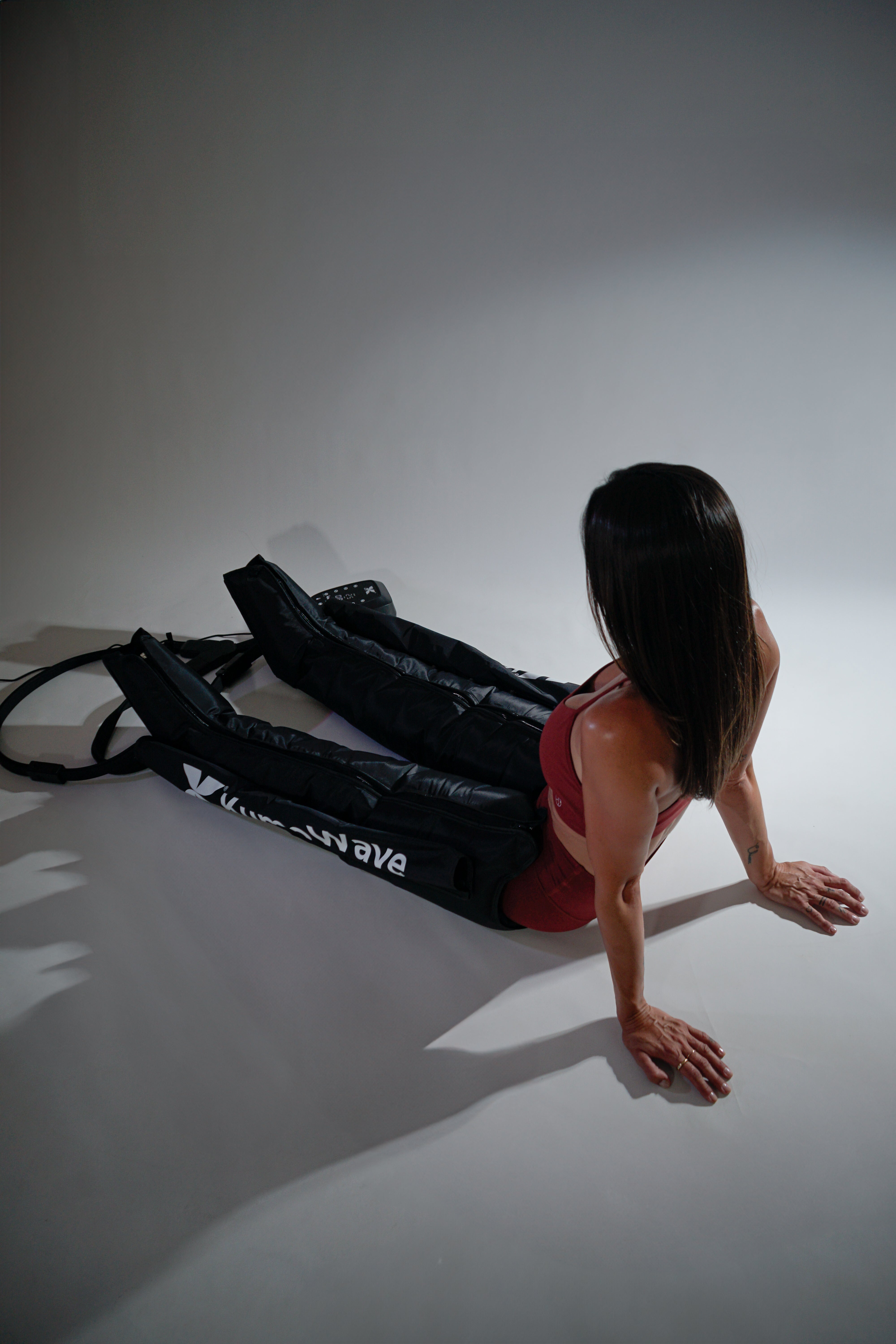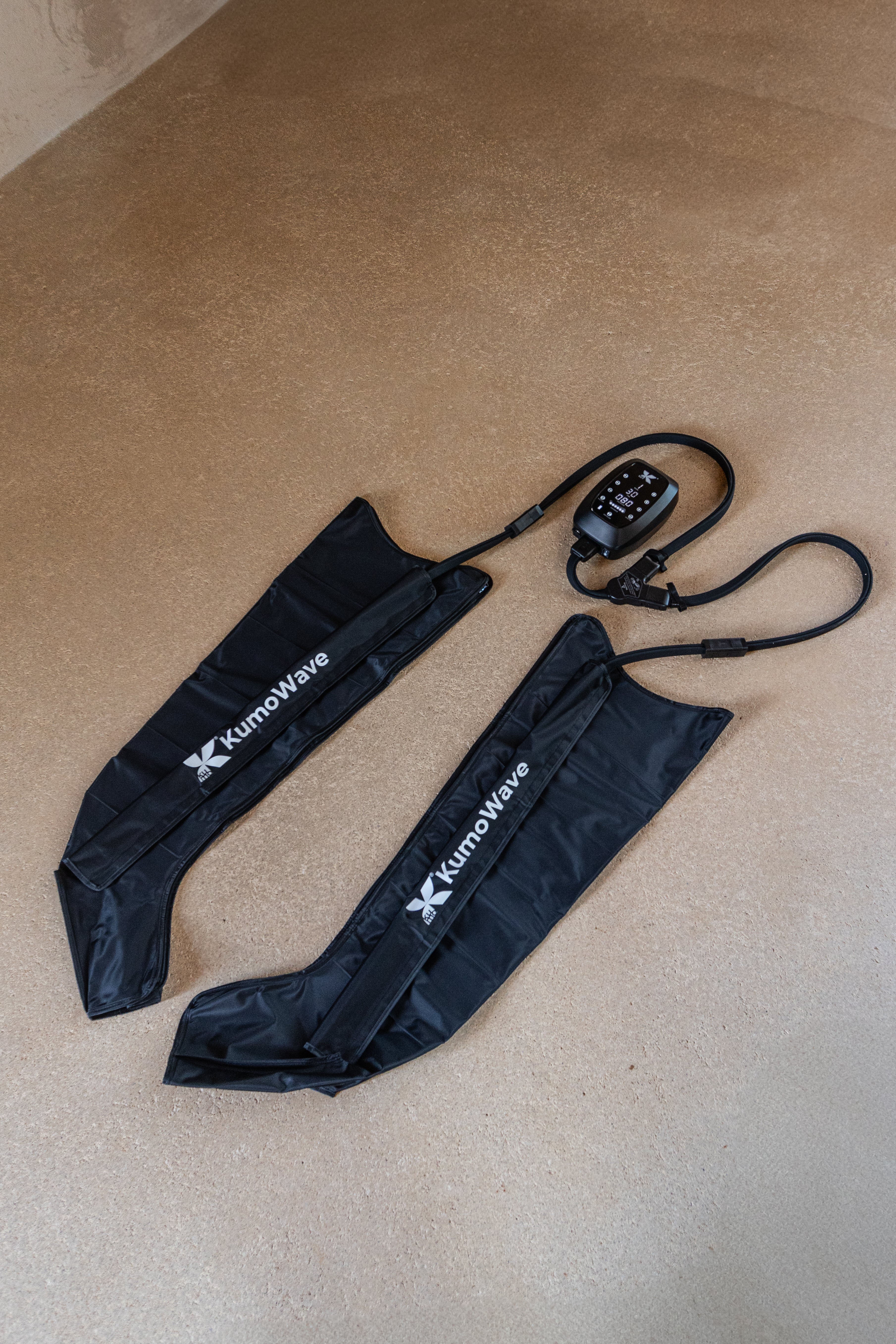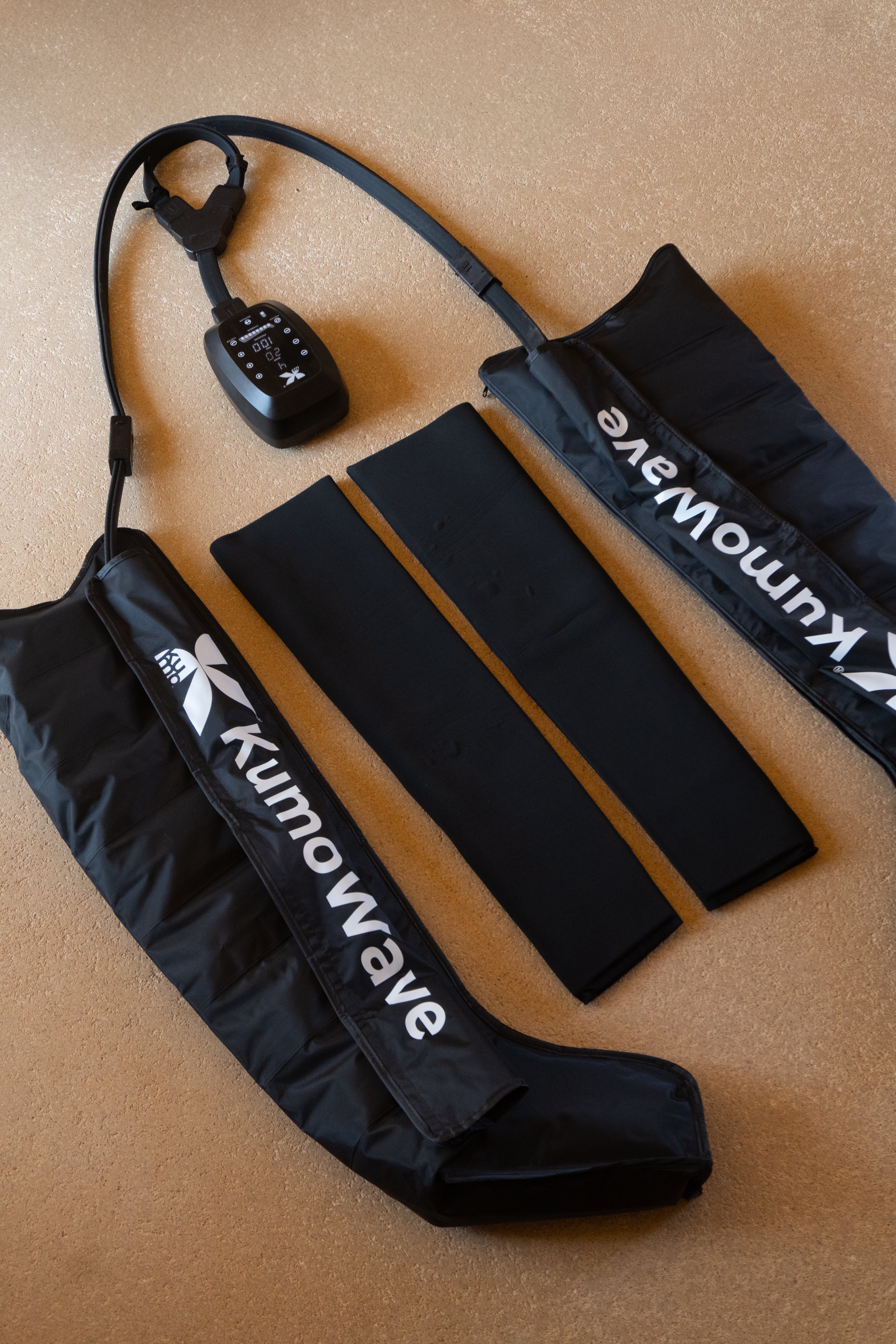Lymphatic drainage: what it is, what it does, and how it benefits you. This gentle massage method stimulates the lymphatic system to reduce fluid retention, relieve swelling, and promote recovery. Here, you'll learn how it works, its real-life benefits, who can practice it, and how to integrate it into your routine, both in the office and at home.
Coming soon
- It helps drain fluids and reduce edema in a safe and non-invasive manner.
- Improves the feeling of tired legs, heaviness and muscle tension.
- It can support sports recovery and skin well-being.
- It requires gentle technique and precise targeting of the lymph nodes.
- Complements such as pressotherapy and red light can enhance the effect.
| Key benefit | For whom/what does it contribute? |
|---|---|
| Less bloating and retention | Tired legs, travel, sedentary lifestyle, postoperative (according to medical indication) |
| Muscle recovery | Athletes, gym routine, intense physical days |
| Skin well-being | Better skin tone and appearance, less congested face |
| Relaxation and sleep | High stress, cervical and mandibular tension |
What is lymphatic drainage and how does it work?
The lymphatic system in a nutshell
The lymphatic system is a network of vessels and nodes that collects fluids and cellular waste and returns them to the bloodstream. Unlike the cardiovascular system, it doesn't have a central "pump"; it relies on movement, breathing, and muscle contractions. Manual lymphatic drainage (MLD) applies gentle, rhythmic pressure to guide lymph toward the nodes, facilitating their evacuation.
Less is more: in lymphatic drainage the pressure should be very gentle and slow, always in the direction of the lymph nodes.
Techniques: manual vs. assisted methods
- Manual: performed by physiotherapists or lymphotherapists with specific maneuvers (Vodder, Leduc, among others).
- Assisted: Pressotherapy uses sequential pneumatic compressions that "push" the fluid toward the collectors; there are also self-massage tools for home use that help relax the tissue and stimulate its return.
- Self-care: diaphragmatic breathing, gentle mobility, and postures that promote lymphatic return.
If you are looking to integrate recovery technology, visit the proposal for KUMO , which is committed to providing high-performance solutions for everyday well-being.
Who is it suitable for?
It is useful for people with a feeling of heavy legs, mild edema, retention due to a sedentary lifestyle or travel, athletes recovering, and those wishing to improve the appearance of their skin. In cases of lymphedema or postoperatively, it should be prescribed by a professional. Avoid it if there is an acute infection, deep vein thrombosis, decompensated heart failure, or active cancer without medical supervision.
Health benefits supported
Reduction of edema and swollen legs
MLD promotes fluid return and can safely relieve swelling and heaviness when appropriately indicated. Health organizations such as the NHS explains the role of manual drainage in the management of lymphedema as part of a comprehensive plan. In everyday life, this can be seen in less swollen ankles after long days or trips, and a feeling of lighter weight at the end of the day.
Muscle recovery and performance
After a workout, improved fluid return helps eliminate metabolites and lower blood pressure. A 2016 meta-analysis found that massage can reduce delayed-onset muscle soreness 24–72 hours after exercise and improve perceptions of recovery ( NCBI, 2016 ). To integrate technology into the home, pressotherapy boots help activate circulation comfortably. And myofascial work with tools such as a KUMOPulse Air massage gun It can complement venous-lymphatic return by relaxing the tissue.
Brighter skin and tissue decompression
A more active lymphatic system can be reflected in a less congested face and better-toned skin. Gentle massage of the neck and face promotes drainage to the cervical lymph nodes, useful after short nights or retention due to hormonal changes. In addition, LED light therapy (red and near-infrared) is used in cosmetics to support skin regeneration; its use must be consistent and with quality equipment.
General well-being and relaxation
The slow drainage rate activates the parasympathetic nervous system, helping to "slow down." This translates into better rest and less neck or jaw tension. Cleveland Clinic describes drainage as a safe technique when performed by trained personnel and within appropriate indications.
How to integrate it into your routine
In the consultation: professional sessions
In a clinic, a session typically lasts 45–60 minutes and begins by unblocking the main lymph nodes (supraclavicular, axillary, inguinal) before working on the distal areas. Frequency varies, from a single session for mild retention to weekly programs for chronic cases, always prescribed by a professional. If you have a pre-existing condition, consult your physical therapist or doctor first.
At home: habits and support tools
- Hydration and diaphragmatic breathing (3–5 minutes, twice a day).
- Gentle mobility: walking, gentle pedaling, or leg lifts.
- Self-massage with light pressure and slow movements towards the lymph nodes.
- Rest and active breaks if you spend many hours sitting.
Technology can help you be consistent. Explore sequential compression options in the home pressotherapy and if you are looking for advice, write to us from Contact KUMO .
Technology that adds: compression and photobiomodulation
- Pressotherapy: compression-decompression cycles that promote fluid return to the legs and hips. Useful after training or days on your feet.
- Red and Near Infrared Light: Supports recovery and rest when applied regularly with quality devices; integrate nighttime sessions with the KUMO LED therapy .
Step by step of a basic lymphatic self-massage
1) Diaphragmatic breathing: 5 deep breaths, opening ribs.
2) Clavicles: very gentle maneuvers above the clavicles, towards the center.
3) Neck: sliding from the lower jaw towards the cervical ganglia.
4) Armpits: light circular movements towards the armpit.
5) Legs: from ankle to knee and from knee to groin, with slow passes and low pressure.
6) Closing: 2–3 deep breaths and leg elevation for 2–3 minutes.
If pain occurs, stop the session; the drainage should not hurt.
Risks, precautions and when to avoid them
Avoid drainage if you have an acute infection (fever, cellulitis), deep vein thrombosis, decompensated heart failure, severe kidney failure, or active cancer without medical advice. During pregnancy, consult your doctor first (see FAQ section). If you have painful varicose veins, wounds, or fragile skin, adjust the pressure and areas. NHS and other clinical guidelines recommend integrating it into supervised plans when there is pathology, combining it with exercise, skin care and, if appropriate, compression.
FAQ
How many sessions are needed to see results?
Many people notice a feeling of lightness after the first session, especially if there was mild retention. For more sustained changes (less swollen legs throughout the week), several regular sessions are often recommended. In sports recovery settings, 1–2 weekly sessions around intense loads may be sufficient. In clinical cases (e.g., lymphedema), the guidelines are established by a professional and may include more intensive phases followed by maintenance. Consistency in habits (hydration, movement, breathing) enhances the results.
Can lymphatic drainage be done during pregnancy?
Yes, but with nuances. Gentle manual drainage can relieve typical pregnancy swelling, especially in the third trimester. It should be performed by trained personnel, avoiding deep pressure and contraindicated areas. If there are complications (hypertension, preeclampsia, risk of thrombosis, relevant medical history), obstetrician approval is essential. At home, elevate your legs, hydrate, and practice diaphragmatic breathing. Avoid any technique that causes discomfort or dizziness.
Does lymphatic drainage help you lose weight?
Drainage doesn't "burn fat," but it can reduce fluid retention and the feeling of bloating, which sometimes results in a temporary reduction in girth. Its goal is to optimize lymph flow and tissue comfort, not replace diet or exercise. For weight control, prioritize a balanced diet, strength and cardio, good rest, and stress management. Drainage can be a complement to feeling lighter and recovering better between workouts.
What is the difference between pressotherapy and manual drainage?
Manual drainage uses precise, gentle maneuvers tailored to your anatomy and condition, ideal for delicate areas (face, neck) and specific clinical situations. Pressotherapy applies sequential pneumatic compression using boots or sleeves, very practical for legs and post-exercise recovery. Pressotherapy can be used in combination: for regular sessions at home and manual drainage for specific exercises. Both should be used painlessly and, if present, with professional guidance.
To retain
- Lymphatic drainage reduces edema, heaviness, and promotes recovery and well-being.
- The technique should be gentle, slow and directed towards the lymph nodes.
- The combination with habits (breathing, moving, hydrating) multiplies results.
- Pressotherapy and red light are useful allies if used consistently and judiciously.
- For medical conditions, always seek professional evaluation.
Take the next step toward a smart recovery routine with the solutions of KUMO or contact us from our contact page .
